Steps to handle customer complaints
- Listen actively to customer complaints
- Respond with empathy and professionalism
- Identify the root cause of the complaint
- Offer immediate solutions and compensation
- Training staff to handle complaints
- Leveraging technology for complaint management
Wondering how to manage customer complaints in a restaurant? This guide provides actionable steps to address issues related to food, service, and environment. You’ll learn how to listen actively, respond empathetically, and offer swift solutions to turn unhappy customers into loyal advocates in restaurant management.
Customer complaints are an inevitable part of the hospitality industry. While restaurant owners aim to deliver exceptional service and memorable experiences, things don’t always go as planned. Addressing complaints effectively not only safeguards customer satisfaction but also protects your restaurant’s reputation.
Why handling customer complaints effectively matters
Effective complaint management safeguards your restaurant’s reputation, ensures customer retention, and boosts revenue. Studies indicate that dissatisfied customers often share their negative experiences, potentially leading to loss of business, while managing customer complaints effectively can result in positive interactions and repeat business.
First impressions matter. Customer complaints can significantly affect guest complaints’ perceptions, so an efficient complaint-handling strategy is vital.
Active listening is pivotal in complaint resolution. Customers who feel heard and understood are more likely to forgive minor mishaps and appreciate your efforts. This approach not only resolves the immediate issue but also demonstrates your commitment to customer service excellence.
Effective complaint management involves understanding root causes, implementing preventive measures, and continuously improving service quality. Focusing on these aspects transforms negative feedback into growth opportunities and establishes a reputation for exceptional service.
Common types of customer complaints in restaurants
In the restaurant industry, customer complaints typically fall into three main categories:
- Service complaints
These include slow service, inattentive staff, or rude behavior. Customers expect timely and professional service, and failing to meet these expectations can lead to dissatisfaction.
- Food complaints
Common issues involve receiving the wrong order, poor food quality (e.g., cold or stale dishes), or unavailable menu items. Customers have high standards for their meals, and unmet expectations can trigger negative feedback.
- Environment complaints
Complaints about cleanliness, noisy surroundings, or an uninviting atmosphere can significantly impact the dining experience. A clean, comfortable ambiance is essential for customer satisfaction.
Understanding these categories helps you develop strategies to address and prevent recurring complaints.
How to handle customer complaints in a restaurant: Top tips for success
Effectively addressing customer complaints is critical to maintaining a positive dining experience. Here are some top tips for success in handling customer complaints in a restaurant setting.
Listen actively to customer complaints
Active listening is critical in handling customer complaints. When customers feel heard and understood, they are more likely to be satisfied with the resolution. This involves giving the customer your full attention, nodding, and providing verbal affirmations to show that you are engaged.
Empathy is significant in building rapport and trust. Understanding customer concerns by putting yourself in their shoes helps address issues effectively. Active listening gathers necessary information, aiding appropriate responses and preventing further dissatisfaction.
Proper training and planning can convert a disgruntled customer into a loyal patron. Teaching staff to maintain composure and respond calmly to complaints sets a positive tone and demonstrates professionalism.
Respond with empathy and professionalism
Empathy and professionalism are essential in diffusing tense situations. A staff member should maintain calm, even if the customer is upset, to set a professional tone and prevent escalation.
A sincere apology and expressing genuine concern can go a long way in addressing the customer’s frustration. Saying ‘Thank you for your feedback’ shows appreciation and empathy, building trust and demonstrating commitment to exceptional service.
Identify the root cause of the complaint
Identifying the root cause is crucial to effectively resolving a complaint. It involves gathering information from both the customer and the staff involved. You should ask specific questions. For example, you might say, “What exactly has led to you not enjoying your meal?” can help pinpoint the problem and provide a clear path to resolution.
Understanding whether the issue stems from food temperature, service wait times, or server behavior is vital for addressing the complaint and preventing future occurrences.
Offer immediate solutions and compensation
Offering immediate solutions and compensation resolves complaints quickly. If a customer is unhappy with their meal, staff should refill the meal or offer a different menu item. Low-cost compensations, such as a complimentary drink or appetizer, can help mend a negative experience.
Staff should understand their authority regarding what compensations they can offer. Offering a discount or gift certificate as a goodwill gesture can enhance customer satisfaction and demonstrate commitment to resolving complaints.
Training staff to handle complaints
Empowering employees to address complaints significantly enhances the customer experience. Proper training ensures staff handle complaints gracefully and empathetically, positively influencing customer retention.
Role-playing exercises based on real complaints can prepare staff for effective problem resolution. Scripting phrases for staff can help them manage difficult situations without feeling intimidated. Clear communication on permissible actions for resolving complaints prevents escalation and dissatisfaction.
Addressing complaints on the spot significantly increases repeat business, making it essential for employees to know how to resolve complaints and avoid worsening the situation.
Leveraging technology for complaint management
Technology can streamline the process of handling customer complaints. Effectively managing complaints in your restaurant can significantly enhance customer satisfaction and retention. Leveraging technology, such as feedback forms, is a game-changer in identifying recurring issues and improving your services. Tools like Jotform allow for real-time feedback, enabling you to address issues promptly and efficiently.
Jotform’s complaint form templates simplify the process of gathering and organizing customer complaints. These templates enable restaurant owners to efficiently collect and analyze feedback, ensuring each case is handled appropriately. For instance, you can use restaurant evaluation forms to gather valuable insights into your customers’ dining experiences, pinpointing areas for improvement.
Jotform’s feedback forms offer a variety of question types to tailor your survey to your needs:
- Closed-ended questions streamline responses, making data easy to quantify. Learn more about their benefits.
- Open-ended questions provide qualitative insights, helping you understand customer experiences in their own words.
- Multiple-choice questions are perfect for allowing customers to select from predefined options.
- Likert scale questions are ideal for measuring satisfaction levels or agreement with specific statements. Jotform’s Likert Scale Creator makes it easy to integrate these into your forms.
- Dynamic dropdowns let you create hierarchical options for more detailed responses.
By incorporating these question types, you can collect actionable feedback that guides decision-making and improves your restaurant’s overall service.
Real-time feedback with Jotform’s restaurant review app
For a more dynamic approach, Jotform’s restaurant review app enables real-time feedback collection. This app lets you customize and share surveys directly with your customers, streamlining the process of identifying and addressing complaints as they arise. Its customizable elements, such as text fields, images, and buttons, allow you to create a seamless user experience while reinforcing your brand identity with features like a unique splash screen and app icon.
Measure satisfaction levels with Jotform’s Likert Scale Creator
Understanding the satisfaction levels of your customers is critical. With Jotform’s Likert Scale Creator, you can include a series of statements that customers can rate on a scale. This tool helps you pinpoint trends in customer sentiment, identify common issues, and measure the effectiveness of your resolution strategies.
By integrating these tools into your complaint management process, you’ll not only resolve individual issues more effectively but also gain deeper insights into recurring patterns. This proactive approach ensures continuous improvement, helping your restaurant thrive in a competitive market.
How to prevent customer complaints
Preventing customer complaints requires a proactive approach to service. Regular training sessions based on customer feedback can prevent recurring issues and enhance service quality. Training staff to recognize and handle complaints can prevent issues before they escalate.
Utilizing technology can help streamline service, minimizing potential areas for customer dissatisfaction. Immediate action in response to complaints can prevent escalation into negative feedback and foster continuous improvement.
Establishing standard operating procedures minimizes complaints related to cleanliness and service efficiency. Checking in on customers who need assistance can prevent complaints and ensure a positive dining experience.
Turning negative feedback into positive outcomes
Negative feedback is a valuable source of information for improving your restaurant. Collecting data from complaints identifies areas for improvement, allowing necessary changes to enhance operations.
Encouraging customers to return with offers or discounts shows you value their feedback and are committed to providing a better experience. This approach can turn a negative experience into a positive outcome, fostering customer loyalty and satisfaction.
Effective handling of customer complaints is essential for maintaining a positive dining experience and preserving your restaurant’s reputation. By listening actively, responding with empathy, identifying the root cause, and offering immediate solutions, you can turn complaints into opportunities for success.
Implementing these strategies, training your staff, and leveraging technology can help you manage and prevent complaints, ensuring continuous improvement and customer satisfaction. Remember, every complaint is an opportunity to demonstrate your commitment to exceptional service.
Photo by RDNE Stock project




















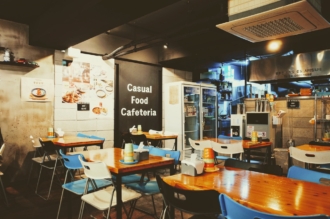



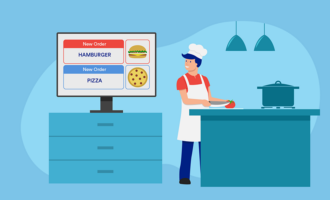
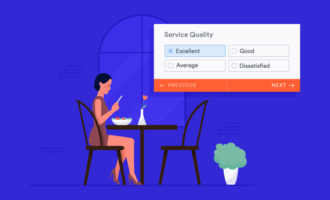
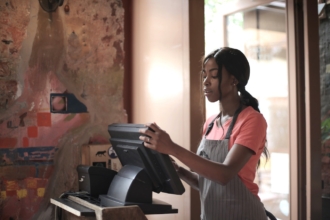



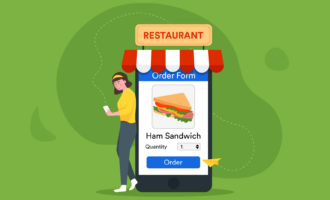


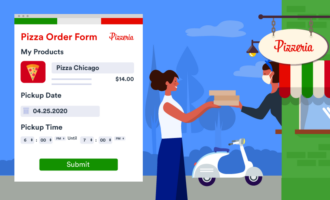
Send Comment: